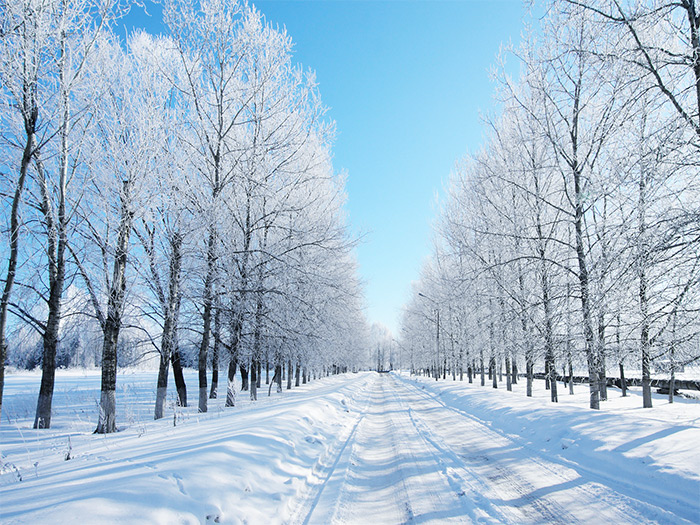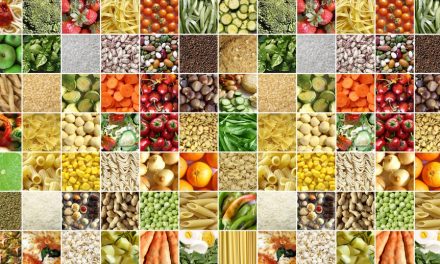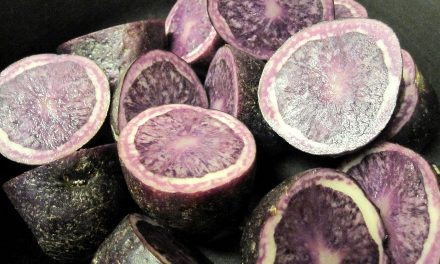One of the great gifts of Ayurveda is its dietary plans that are important to maintain with the change in seasons. These food charts make it easy to preserve good health and enhance one’s health no matter what the external conditions are. It’s indeed incredible that thousands of factors that affect our health are simplified by the fundamental principles of the tridoshas.
According to Ayurveda the three doshas (vata, pitta and kapha) trigger all bodily processes and play a crucial part in maintaining and sustaining the same. The balance of the doshas helps promote wellness and gets rid of the imbalanced dosha aspect that causes diseases and ailments. Food is also an important component of maintaining the balance, and features heavily in Ayurveda practices. Food has seasonal implications. Late fall and winter are called vata season, as they are marked by the same distinct qualities that characterize Vata, namely attributes like cold, dry, light, clear, and moving. Thus Ayurveda helps warding off the winter chill with medications, massages, exercise, procedures and, most importantly, food practices. If we eat right then we need not do anything extra to remain healthy.
In the 5000-year-old science of Ayurveda, there exists a doctrine with the rules and regulations of seasons known as ritu charya. In this each season has different rules and dietary norms hold much value. Winter also has its fair share of rules that keep one in the pink of health, despite the harsh, cold conditions. As long as the quality is in balance, a person whose dosha is predominantly Vata will be healthy, active and alert. But when too much Vata amasses in the body and mind, the imbalance can produce an array of physical or mental illnesses, including constipation, high blood pressure, insomnia, dry skin, arthritis, anxiety, and depression. All this can be induced apart from the already prevailing diseases of the winter season such as colds, coughs, fevers and others. Vata balance via food is thus of much significance as well.
Ayurveda has classified food into six tastes – sweet, sour, salty, bitter, pungent and astringent. Foods that are sweet, sour and salty in taste are said to be beneficial in cold, dry winters. Such food includes soups, stews, steamed veggies, warm herbal teas infused with basil, ginger etc. Bananas, beets, mangoes, carrots, asparagus, moong beans, peaches, lemons, pumpkins, almonds, sesame seeds, quinoa, rice, are some superb Vata-appeasing foods. Even foods that are oily and moist are good for this season. This means one can take oils (olive, hemp, linseed, avocado and coconut), fats and fresh milk products like yogurt, cheese etc.
As the weather outside is severe, the body retains heat and attempts to preserve it. Thus warmth-inducing foods are a must for the cold season. This is why the digestive fire or Agni becomes vibrant. It is thus capable of metabolizing and assimilating heavy foods like fats and dairy products. Other foods great for the body include kidney beans, black beans or urad dal, grains and products made from grains like wheat, rice etc. Honey is also good for the body during the cold season. Raw honey clears mucous and aggravated Kapha because of its heating, drying and channel clearing effect. One can also have a warm breakfast such as porridge and end the day with hot milk along with ginger, cinnamon, cardamom and honey. Nutmeg is good too and it also brings in restful sleep. Drink spicy teas throughout the day, avoiding cold water, ice cream and other cooling foods that will aggravate Kapha and Vata. One must also remember to eat food when hot and freshly served. Keeping all this in mind one can easily figure out the shopping list for these cold months. One can also try the herbal jam mix known as chawawanprash for great protection during these months. Its daily consumption enhances the functioning of the lungs and boosts the immune system. It revives all the body tissues or dhatus, thereby enhancing the vitality and virility, as well as easing respiratory issues. One must take care to not over eat and should fill oneself only to satiate hunger. Reduced food intake during the harsh winter months leads to the aggravation of the vata aspect.
One must drink lots of warming liquids such as hot water and herbal teas to prevent dehydration. Warm liquids must be a huge part of one’s diet during these months as they are very nourishing for the body. This includes vata teas, vata milk shakes, almond drinks and other delicious alternatives to coffee and the like. Soups are great too. In fact one can add ghee, sesame oil or olive oil to one’s soups and even to grains. A midday drink of lassi or buttermilk is also advisable. One can speckle some cardamom, cinnamon or vanilla essence to the same. It’s important to avoid stimulants such as coffee, black tea or cigarettes. Introducing Aswaganda and turmeric into the system has its list of benefits as well. One can complement the winter diet and timely mealtimes by following a regular pattern of sleep, exercise, and rest. One can also sleep with a warm mist herbal humidifier that will clear your nasal passage and sinuses.










